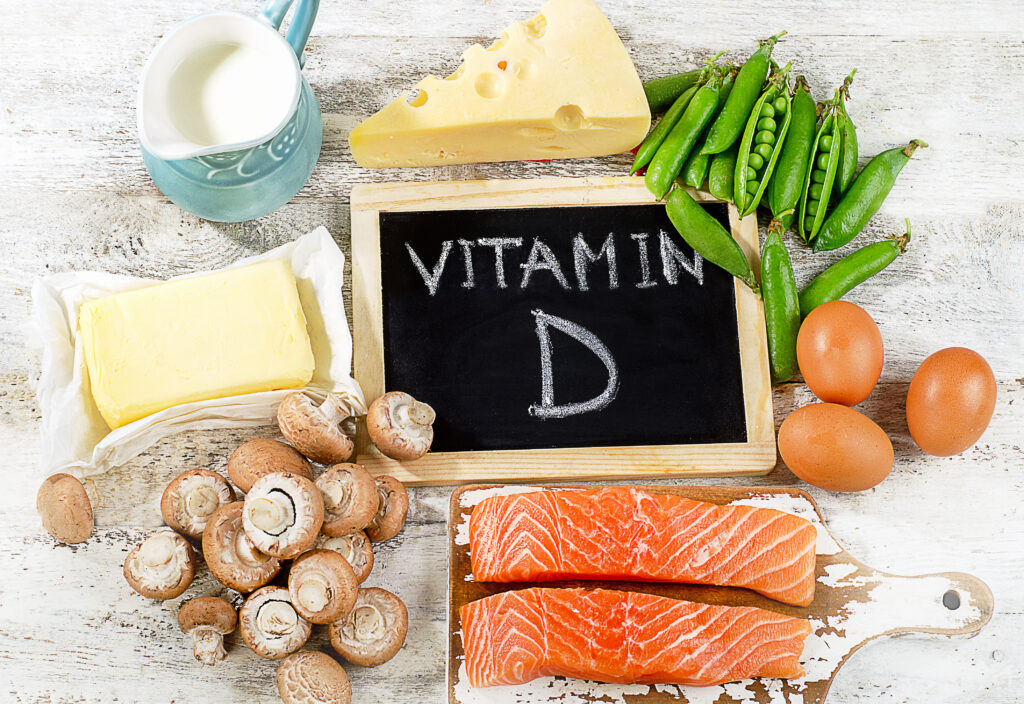The fight against breast cancer is an on-going one for which being better informed is our best weapon. During this Breast Cancer Awareness Month, we highlight the general information about the disease and suggest another tool that may be instrumental in taking an offensive stance against it.

What Is Breast Cancer?
Breast cancer arises when cells in the breast replicate at an unregulated pace. These cells clump together, forming a mass or a clump. The causes of this behavior have been rigorously studied, and links have been found between a genetic predisposition, sex, age, personal or family history of the disease, alcohol consumption, and exposure to radiation. Changes in any area of the breast or the formation of a lump is cause for immediately seeking medical care.
The disease most commonly arises in middle-aged women, though it can present itself in young women and even men as well. Treatments are directly related to the severity of the case and may include chemotherapy, radiation, and mastectomy. Early detection is integral to successful remediation, so The United States Preventive Services Task Force recommends that women at average risk between the ages of 50 and 74 get breast cancer screening via mammogram every two years.
A Statistical Snapshot
Breast cancer is the most common non-skin cancer in women. It is also the second leading cancer death in American women after lung cancer. Roughly 30% of new female cancers that arise each year are cases of breast cancer. According to the United States average, a woman has a 13% risk of developing the cancer at some point in her life. Mortality rates run about 2.5% before the cells metastasize and 60.0% after.
While breast cancer death rates have been decreasing steadily for thirty years, that decline has had a slight slowdown in recent years. Statistics show that unlike mortality rates, the incidence of the cancer has not decreased at all within the last 20 years. Statistical projection estimates suggest that in 2022, roughly 287,850 new cases of invasive breast cancer will be diagnosed and about 43,250 women will die from the disease.
In addition to the tragedy of lost life, the national fiscal cost of breast cancer is significant, $16.5 billion in 2010. There is a clear need for raised awareness and greater prevention mechanisms, and one unlikely tool is showing real promise.

Take Your Vitamins
Vitamin D levels have a well-documented relationship with lower breast cancer risk. The vitamin is understood to play a number of roles in the prevention of development and progression of the disease. It helps the body absorb calcium, which is vital for healthy bone health, and in its biologically active form it assists to reduce malignant cellular transformations:
- regulates the cell cycle
- manages cytokine levels
- promotes cell differentiation
- represses inflammation
- increases adhesion between cells
- shields cells from DNA damage
- activates immune cells
These actions may suggest that vitamin D is an effective tool against other forms of cancer as well, many of which manifest themselves in a similar way.
Vitamin D vs. Cancer
A study published in 2018 sought to determine the relationship between vitamin D concentration and breast cancer risk among women aged 55 years and older. 5,038 subjects were surveyed, and participants were regularly administered various levels of vitamin D. An indirect relationship was drawn between vitamin D dosage and cancer risk, meaning that as vitamin D levels increased, risk for breast cancer decreased.
Breast cancer screenings were recorded for, on average, four years. The results showed that an 82% lower incidence rate of cancer followed at least a 40 ng/ml increase in vitamin D intake, and after one year, only one case of breast cancer was diagnosed among those with vitamin D concentrations greater than 60 ng/ml. The indication that cancer incidence could be substantially reduced by increasing vitamin D concentrations in excess of 20 ng/ml is clear.

These findings are encouraging as vitamin D levels are a relatively easy risk factor to modify. vitamin D is a safe and affordable supplement to distribute and promote. Armed with this information, in addition to other breast cancer awareness promotions, healthcare facilities can advocate the increase of vitamin D intake as a preventive measure. Vitamin D is a natural supplement that we at Utah Sports and Wellness can promote in the fight against breast cancer. Ask your regular healthcare providers how you can supplement the vitamin D in your diet as a means of protection.